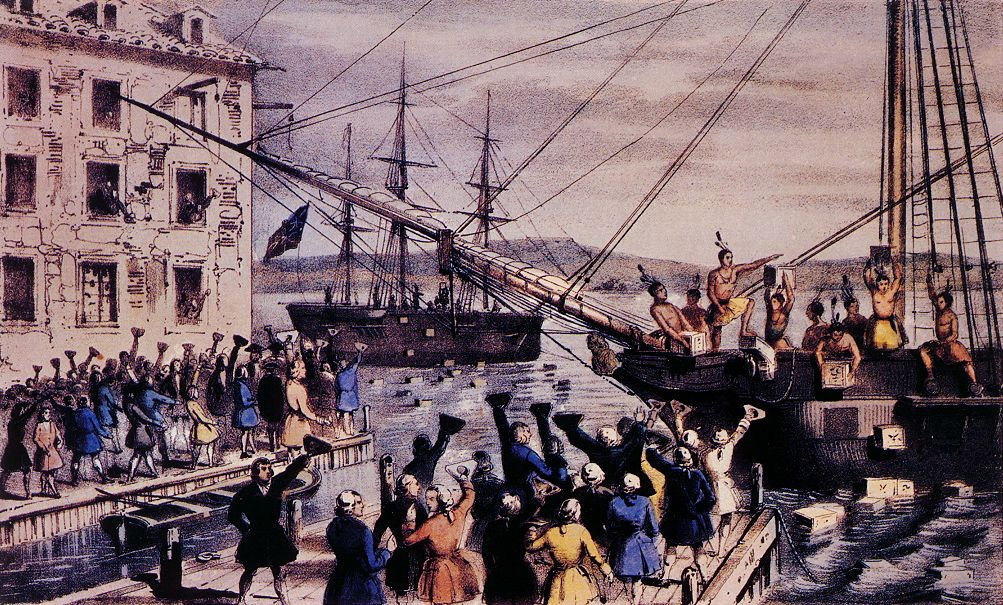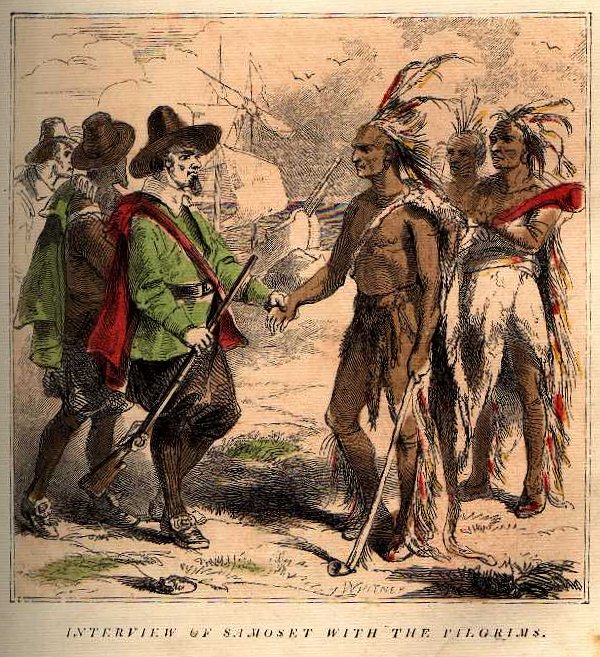 Most of us are familiar with President Obama wanting to take a train from Philadelphia, to his inauguration in Washington, D.C. Obama wanted to trace the route Lincoln took to his inauguration.
Most of us are familiar with President Obama wanting to take a train from Philadelphia, to his inauguration in Washington, D.C. Obama wanted to trace the route Lincoln took to his inauguration.
Obama's trip included a stop in Delaware to pick up Vice President-elect Joe Biden and a stop in Baltimore for a speech. But Lincoln was not originally scheduled to go to Delaware.
Lincoln was scheduled to make the trip from Springfield, east to Philadelphia to Harrisburg and finally from Harrisburg to Baltimore. But his trip did not go as planned.
So why did Lincoln make a stop in Philadelphia? And what happened that forced him to change his plans?
On February 11, 1861, Lincoln bid adieu to his supporters in Springfield, Illinois, and boarded a train east with an eventual destination of Washington. With several stops along the way, Lincoln finally arrived in Philadelphia on February 21.
Here is a link to one of his stops in Peekskill, NY, on February 19.
http://www.johngtesta.com/lincoln.html
The website belongs to the Mayor of Peekskill, John Testa and has some pretty cool information about Lincoln's stop there, and a statue dedication. Seems like a cool resource for Lincoln aficianados.
February 21st was George Washington's Birthday, and Lincoln was in Philadelphia to celebrate the event at Independence Hall. The night before arriving in Philadelphia, Lincoln's party was alerted to a plot to assassinate the President-elect by derailing the train from Harrisburg to Baltimore and killing Lincoln and everyone on board, or by attacking his carriage once he reached Baltimore.
Because of this, Lincoln decided to change his plans. He continued to Harrisburg as scheduled, but then decided to secretly return to Philadelphia to avoid the assassination attempt. All telegraph lines from Harrisburg were cut and guards were posted at various points along the train's route to ensure Lincoln's safety.
Once in Philadelphia, Lincoln transferred to a train in Wilmington, Delaware and then was once again secretly carried to Baltimore. He arrived in Washington on February 23, safely and in plenty of time before his March 4th inauguration.












